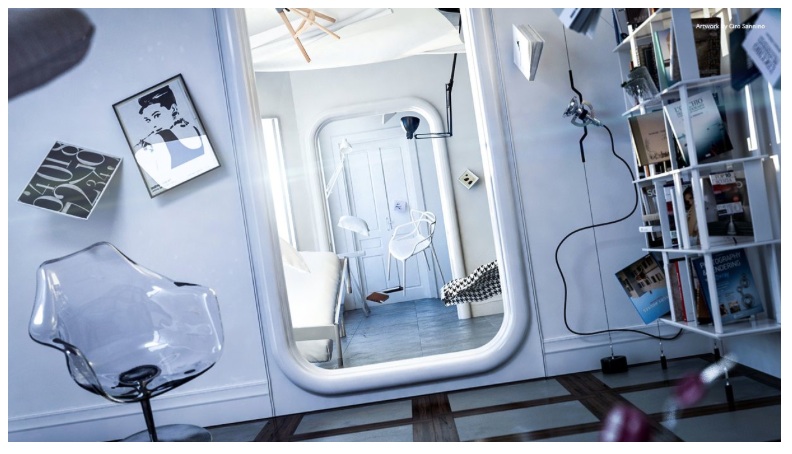


V-Ray Next features a rebuild of the popular Dome Light that is used by many to harness the power of HDRI images for scene lighting. HDRI images have been a welcomed addition to many modern 3D workflows but are far from having had systemic optimizations made by industry software leaders. Lighting can be tough and more complexity translates to longer render times. Below are highlights of some of the more notable features of V-Ray Next. Humble to the core, Chaos Group aspired to do much more than simply increment a version number with this release and have improved many existing features and integrated many new ones. V-Ray Next would probably do well on the reputation of past releases alone. Chaos Group is renowned for its consideration of user feedback and V-Ray Next seems to have integrated much consideration for user-reported concerns in the rendering pipeline.

Second to Cornoa and third to the V-Ray RT (real-time) rendering engine-it’s clear that V-Ray is widely used within the industry. In CGArchitect’s 2018 Architectural Visualization Render Engine survey, it V-Ray was reported to have an overwhelming market share among architectural visualization artists and studios. V-Ray Next: The Next Generation Render Engine


 0 kommentar(er)
0 kommentar(er)
